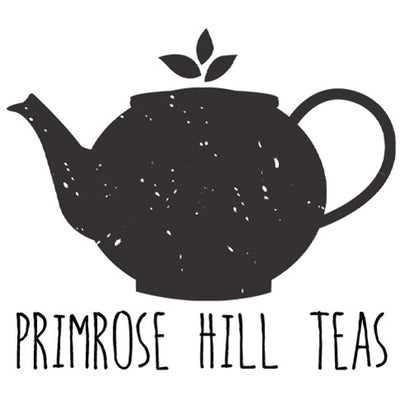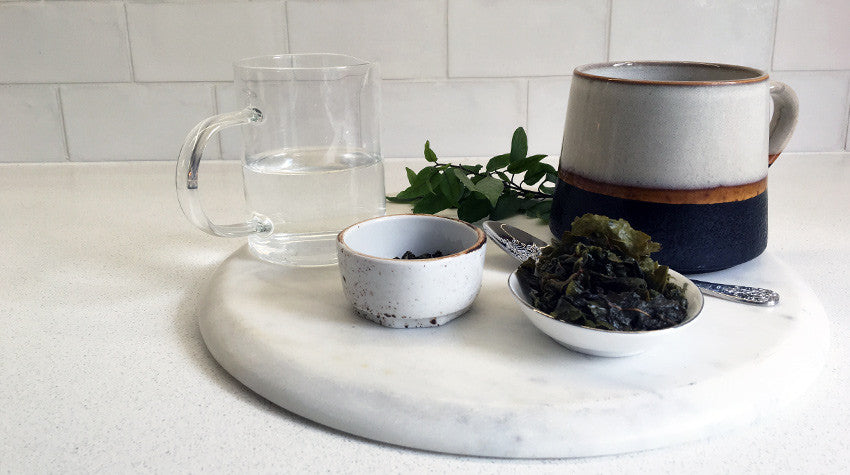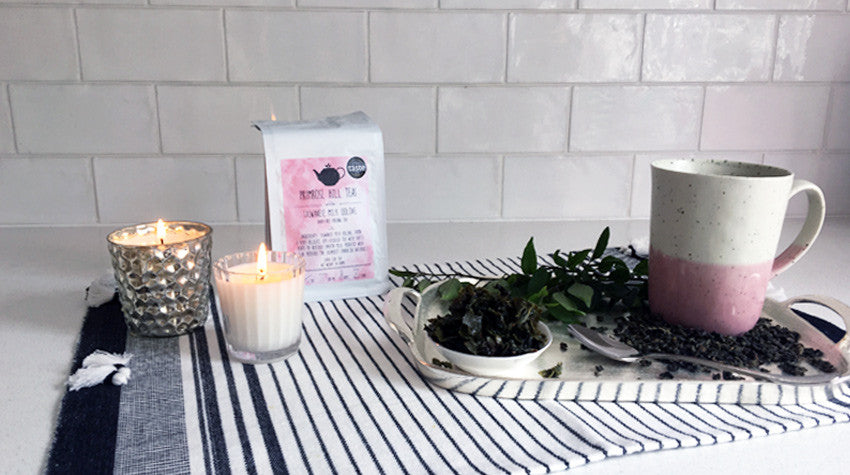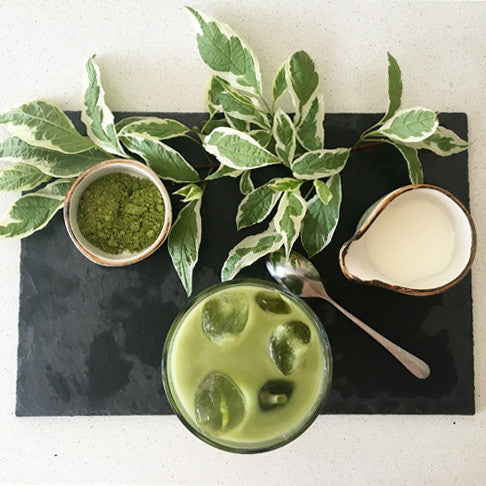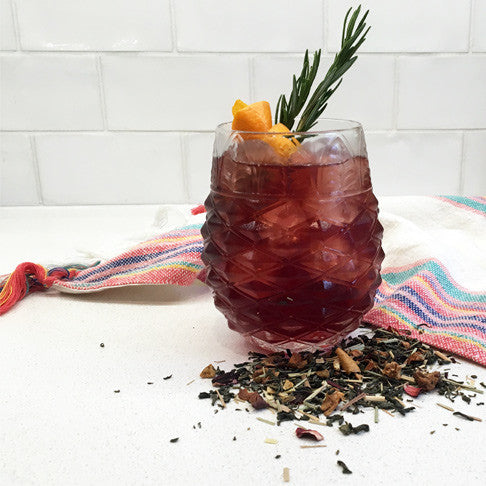Blog
Perfect Brew Ratio
Focus: Oolong Tea
Oolong is a tightly rolled semi-oxidised tea, which has different flavour outside compare to delicate inside notes. It stands between Green Tea and Black Tea in the oxidation chart. (Look up our blog post "Types of teas" in the Focus section, for more information about oxidisation)
Oolong or Wulong Tea is a Taiwanese specialty and the best Oolong tea is still produced in Taiwan.
Compare to China or India, Taiwan has relatively small percentage of land dedicated tea estates, which are mainly small family businesses all having their own twist on the traditional growing and processing techniques.
Most of the plucking takes place in April, when the bud has reached a certain amount of maturity. The final bud and following 3 leaves are hand picked, mainly by women.
After the plucking the leaves are laid on the large sheets to undergo the first stage of processing- withering.
After the leaves have dried up a bit they are being moved to the next stage called oxidisation. The leaves are laid out on bamboo trays and are gently stirred.
This is crucial part making any tea, due to the friction of leaves against the trays, it breaks down their cellular structure, which makes the leaves release oils and oxidise on contact with oxygen. The amount of oxidation will determine the flavour, colour, intensity and type of tea produced.
It is down to the grower's experience and family knowledge to tell him when is the time to stop the oxidisation process.
In order to stop the oxidisation process the tea leaves need to be fired in large heated rolling cylinder, which looks a bit like a clothing drier.
After the firing, the leaves need to be rolled. Many farms use a rotating cylinder to get the tea rolled, but the best of the Oolong is still hand rolled.
After rolling, the tea leaves need to be dried to reduce the moisture in the leaves and stabilize the aromas.
The last stage of the process is sorting. Some farms get the little stems from the rolled tea removed for the purpose of tea looking perfect, but having stems intact does not affect the taste.
To brew a perfect cup of Oolong Tea, the water temperature needs to be about 75-80C, (1/3 cold water + 2/3 hot water) and don't forget the ratio 3-3-3: 3g of tea with 300ml of filtered water for 3 minutes)
Focus: Matcha Green Tea
The finest of the Japanese Matcha ground Green Tea comes from a shadow grown bush, which makes the leaves turn dark green and deep in flavour.
This type of tea is traditionally used in Japanese Tea Ceremony.
Japanese processing method is using “fire” steam to dry the tea leaves instead of using large ovens to dehydrate them, which preserves the very fresh aroma with notes of the iodised sea. After steaming, the tea leaves are ground to a fine powder.
Cold Brew Ice Tea Recipe
By now everybody on the planet has probably tried cold brew coffee, that smooth,strange and delicious drink.
Now think cold brew tea…intense, smooth, heavenly…simply put best ice tea ever and it is super simple to make
Now listen up to the trade secret:
Makes 1 glass:
3g of any tea
150ml of cold filtered water
12-24hrs brew
1. Weigh out the tea
2. Cover with filtered water
3. Brew in the fridge
4. Strain
5. Pour over ice
6. Enjoy
Tip: for crowd pleasers pick something fruity like Orange & Papaya Green Tea, Ginger Zinger, Summer Berries or Tropical Matcha
